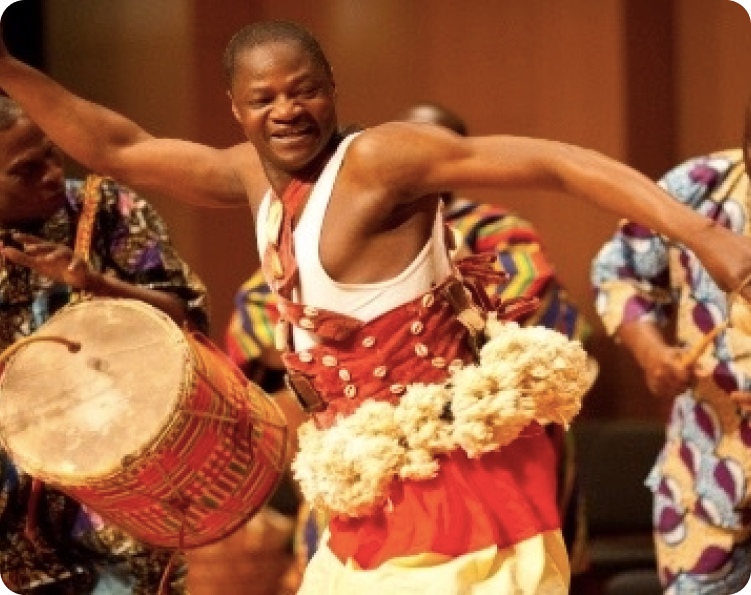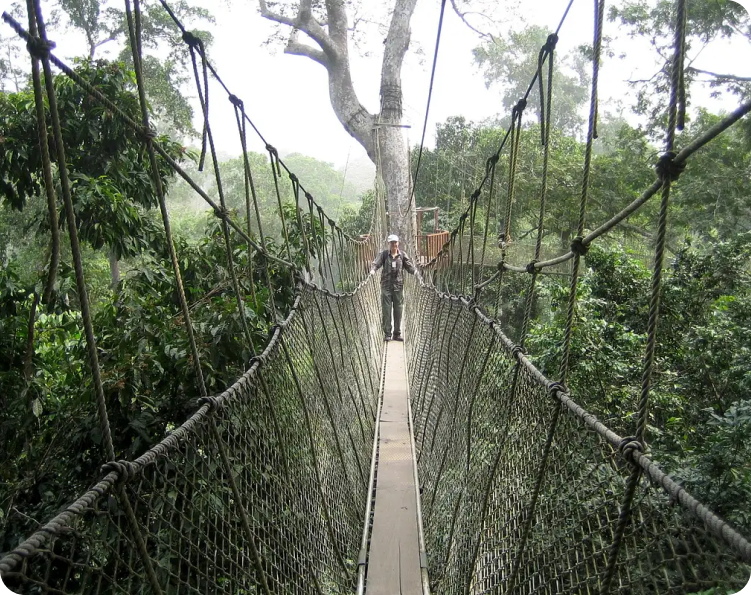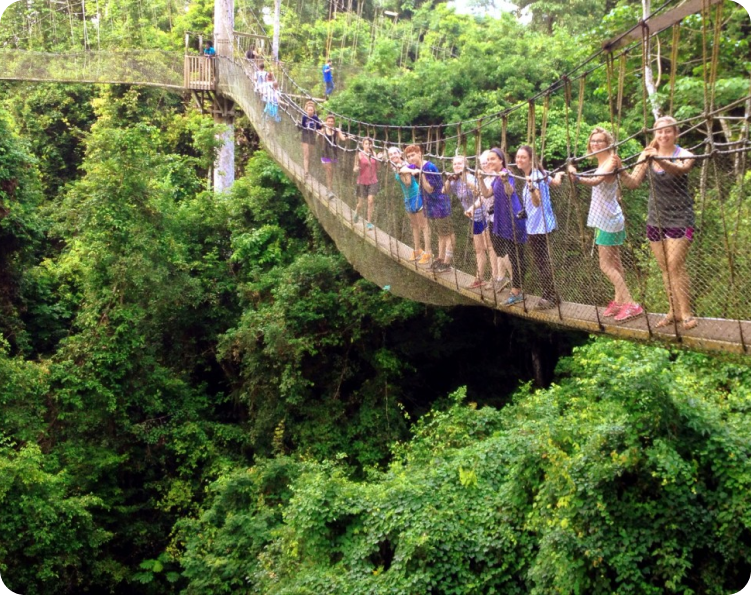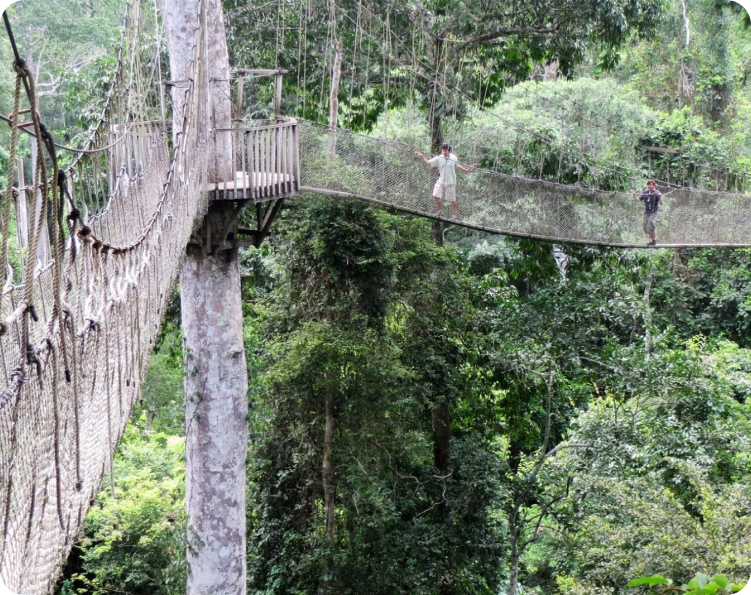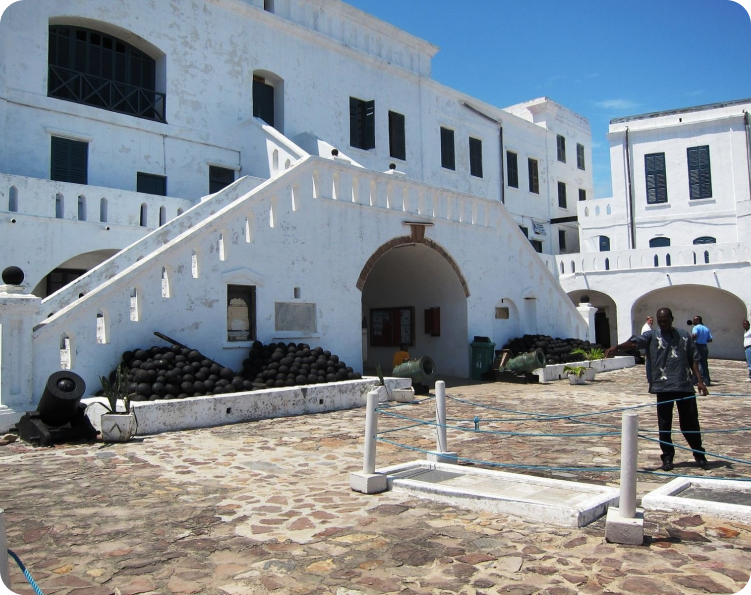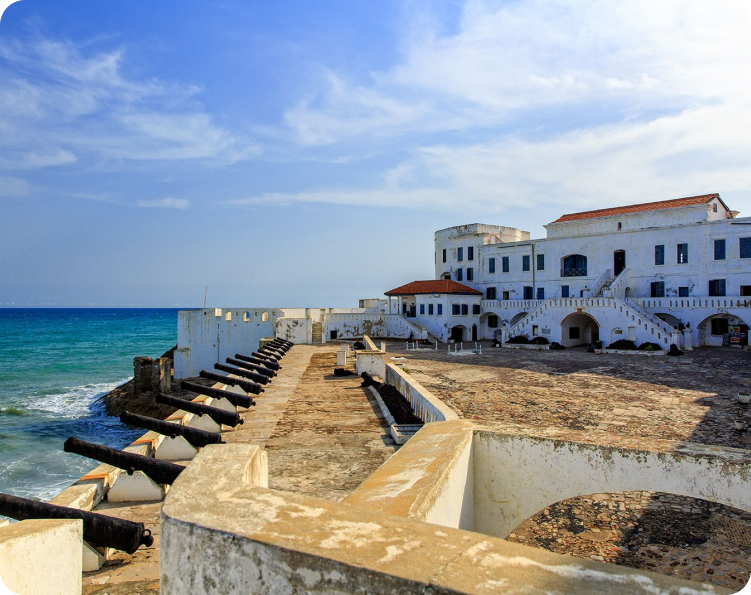Day 01: Arrival in Paro, transfer to Thimpu and Explore Thimpu
Altitude Paro: 2,200m
Altitude Thimpu: 2,300m
Distance: 54 km approx.
Driving time: 1+ hour approx.
Your 5-day tour in this magical kingdom begins with your arrival in Paro. As you land at the country’s only international airport, the Paro International Airport and proceed through immigration and customs to the arrival area, you will traditionally be welcomed by one of the company representatives, who will also be your local Bhutanese guide for this tour.
After the meet and greet at the airport, you will be transferred to the capital of the country. This transfer takes about 1 to 1.5 hours. It’s a very scenic drive along the Paro and Thimpu river that will give you some of the best glimpses of the country’s landscape, forest and traditional villages. On the way, you will quickly visit a 15th century temple, Tachog Lhakang. The temple, founded by the legendary Tibetan saint and iron bridge builder, Thangtong Gyalpo is dedicated to the deity “Avalokiteshvara – the Bodhisattva of Compassion” and is beautifully set against a dramatic hillside that can be accessed by a traditional iron chain bridge spanning the Paro River. The temple houses sacred statues, relics of Thangtong Gyalpo and murals and paintings and is thus renowned for its sacred atmosphere, stunning views and unique historical connection to Bhutan’s architectural and spiritual heritage.
Having spent some time here, you will continue your journey to Thimpu. In Thimpu, after hotel check in formalities and lunch, you will set out to explore the highlights of the capital city. You will first drive to Kuelsenphodrang Nature Park, located approximately 5 kilometers from the Thimpu town center, to witness one of the largest statue of Shakyamuni Buddha made of bronze and gilded in gold, the Great Buddha Dordenma, located atop a hill in Kuenselphodrang Nature Park. Founded to celebrate the 6th anniversary of the Fourth King, Jigme Singya Wangchuck, this spiritual landmark not just reflects the country’s devotion to Buddhism and national harmony but also fulfills ancient prophecy.
From here, you will now drive to the Royal Takin Preserve (a very unique wildlife sanctuary dedicated to preserving the national animal of Bhutan “Takin” and other wild animals and birds) situated in the Motithang district of Thimpu. Located just 5 kilometers apart, the drive to the Motithang Takin Preserve only takes about 15 minutes. Once at the preserve, you will walk the well-maintained forest trail surrounded by pine trees and see the country’s national animal and other wildlife up close and in its natural habitat. This visit offers a very good opportunity to observe and photograph Bhutan’s wildlife in its natural setting and learn about Bhutan’s mythological significance regarding its national animal and Bhutan’s conservation values.
After visiting the preserve, if time permits, you will first visit Centenary Farmer’s Market and Changlimithang National Stadium to get insight into the country’s agrarian and sports culture. However, if time is limited, you will directly drive to Tashichho Dzong located approximately 5.3 kilometers northeast of the Takin Preserve. The drive takes roughly 15-20 minutes and offers a scenic drive through Thimpu’s urban landscape, providing glimpses of the city’s architecture and natural surroundings. Tashichho Dzong is a traditional Bhutanese fortress, with whitewashed walls, intricately carved woodwork and golden roofs, built in the 17th century, by Zhabdrung Ngawang Namgyal (the unifier of Bhutan). In the present day, this dzong houses the Government Seat: the office of the King, the Cabinet and the Ministries of Home Affairs and Finance as well as the central monastic body. This dzong is also a festival venue for the annual Thimpu Tshechu. But, the dzong is only open to visitors after office hours. Thus, you’ll visit the dzong in the evening around sunset, a perfect time to witness the serene flag-lowering ceremony. As night falls, the beautifully illuminated structure created a tranquil ambiance, ideal for photography and quiet reflection.
After spending some time here, you will get back to the hotel in Thimpu for dinner and overnight stay.
Meals: Lunch and Dinner




